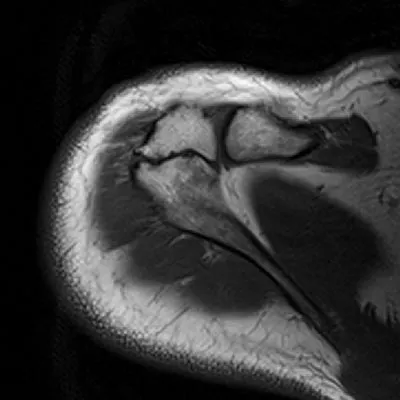Acromial Bone
The acromial bone develops during growth due to a lack of closure of the growth plates (apophyses) of the acromion. At birth, the acromion, also called the shoulder roof, is still entirely formed of cartilage. Over the course of childhood and adolescence, the acromion gradually ossifies.
At various points on the cartilaginous acromion, so-called bone nuclei, the ossification centers, form. From these, the acromion then completely ossifies.

Typically, there are four such ossification centers. These form four bony acromion parts separated by cartilage plates: the preacromion, the mesoacromion, the metacromion, and the basal acromion. These growth plates between the acromion parts are called apophyseal plates. By the age of 25 at the latest, these plates close, forming a single bone.
If one of these growth plates fails to ossify, it is referred to as the acromial bone. The acromial bone is therefore not an additional bone but rather develops due to a lack of ossification of the growth plate. The acromion then consists of two bones. An acromial bone occurs in approximately 5% of all people. In approximately 50% of cases, it occurs bilaterally.



